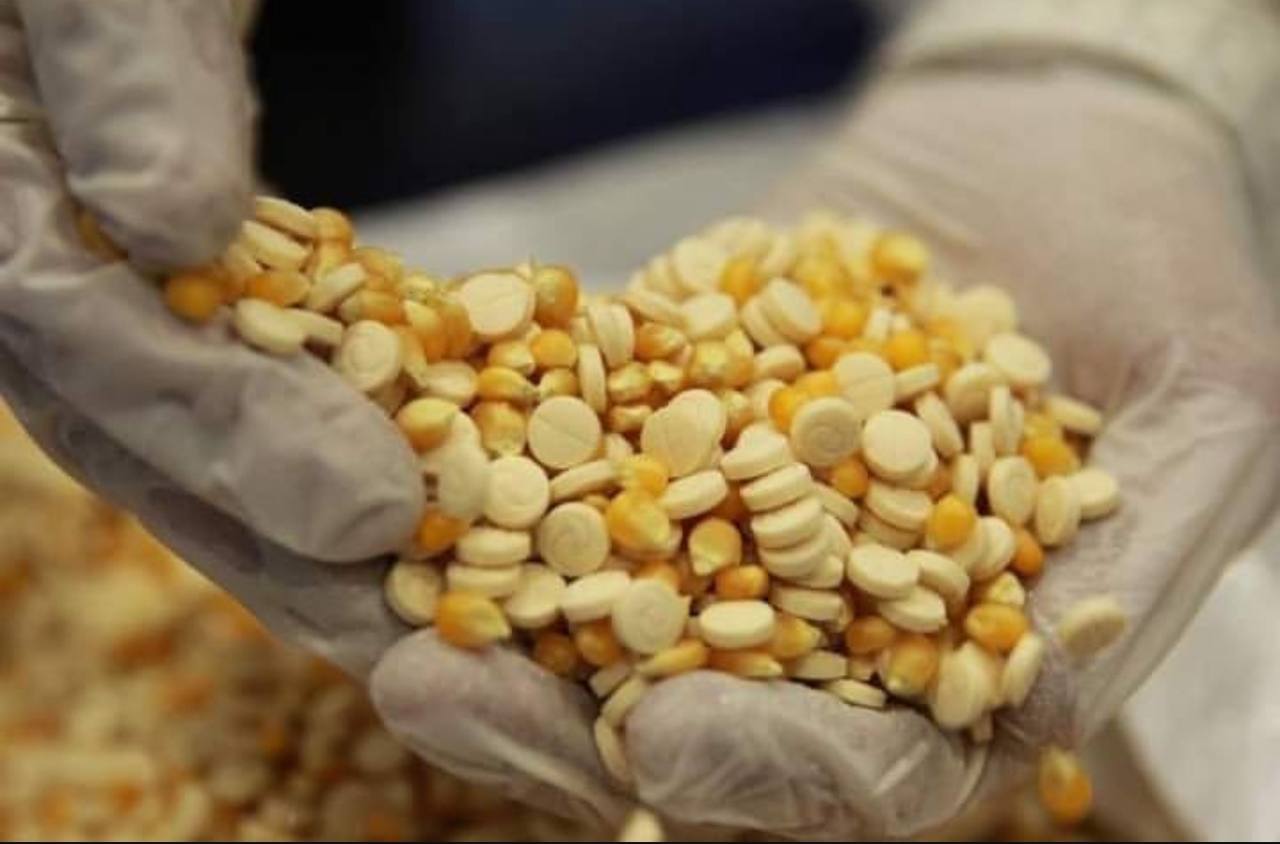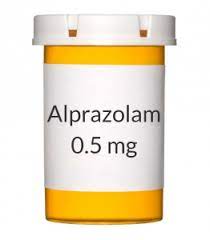Description
What Is Methamphetamine?
Methamphetamine is a powerful, highly addictive central nervous system stimulant. It is chemically similar to amphetamine, a drug used to treat attention-deficit hyperactivity disorder (ADHD) and narcolepsy, but methamphetamine has much stronger effects on the brain.
Methamphetamine is known by various street names including “meth,” “crystal,” “ice,” “glass,” and “tina.” In its illegal form, it is often a white, odorless, bitter-tasting crystalline powder that can be ingested, snorted, smoked, or injected. The smoked or injected versions produce a more immediate and intense “high,” which significantly increases the risk of addiction.
Chemical Structure & History
Methamphetamine was first synthesized in Japan in 1893 and used during World War II to keep soldiers awake and alert. After the war, it became available in tablet form for general use, particularly in the U.S. during the 1950s and 60s for conditions such as depression, obesity, and fatigue.
Chemically, methamphetamine is made from precursor chemicals such as pseudoephedrine, a common ingredient in cold medications. Due to its potential for abuse, access to pseudoephedrine is now strictly controlled in many countries.
How It Works in the Brain
Methamphetamine causes a massive release of the neurotransmitter dopamine in the brain. Dopamine plays a central role in the brain’s reward system, influencing pleasure, motivation, and motor function.
Methamphetamine’s ability to rapidly increase dopamine levels creates an intense euphoria or “rush,” especially when smoked or injected. However, the brain adapts quickly to this overload, which means users need more and more of the drug to feel the same effect—a phenomenon known as tolerance. Repeated use can severely disrupt normal dopamine function, leading to addiction and long-term damage to the brain.
Methods of Use
Methamphetamine can be consumed in various ways:
-
Smoking: Produces an immediate, intense high. Most addictive method.
-
Injection: Rapid delivery into the bloodstream with a high risk of overdose and infectious diseases like HIV or hepatitis.
-
Snorting: Slower onset but still potent; damages nasal tissues over time.
-
Oral ingestion: Longer-lasting high but less intense.
Short-Term Effects
The immediate effects of methamphetamine include:
-
Intense euphoria and increased energy
-
Hyperactivity and talkativeness
-
Decreased appetite
-
Rapid heart rate and increased blood pressure
-
Increased focus (in low doses)
However, these are often followed by “crash” symptoms such as:
-
Extreme fatigue
-
Irritability
-
Depression and anxiety
-
Sleep disturbances
Long-Term Effects
Long-term methamphetamine use can cause devastating physical and psychological harm:
-
Brain damage: Long-term use damages dopamine-producing neurons, leading to impaired memory, motor skills, and emotional regulation.
-
Dental issues (“meth mouth”): Severe tooth decay, gum disease, and tooth loss.
-
Skin sores: Caused by obsessive skin picking (formication) due to hallucinations of insects crawling under the skin.
-
Weight loss and malnutrition: Due to suppressed appetite and poor self-care.
-
Psychosis: Chronic use can result in paranoia, delusions, hallucinations, and aggressive behavior.
Addiction and Withdrawal
Methamphetamine is extremely addictive, and many users develop dependence after just a few uses. The withdrawal symptoms can be intense, including:
-
Severe depression
-
Anxiety and agitation
-
Intense cravings
-
Fatigue and excessive sleeping
-
Suicidal thoughts
Unlike opioids or alcohol, there are no FDA-approved medications specifically for methamphetamine withdrawal, making recovery more difficult.
Global and Social Impact
Methamphetamine abuse is a major public health concern worldwide. Its low production cost, high potency, and intense effects make it attractive to users across demographics.
Key Regions Affected:
-
United States: Especially in the Midwest and rural areas.
-
Southeast Asia: Countries like Thailand and Myanmar report high rates of meth use and trafficking.
-
Europe: Though less prevalent, use is rising in parts of Eastern Europe.
Social Consequences:
-
Crime: Meth use is often linked to violent behavior, theft, and domestic abuse.
-
Child neglect: In households affected by meth, child abuse and neglect rates are significantly higher.
-
Healthcare burden: The treatment of meth-related emergencies, mental illness, and infections costs billions globally.
Legal Status and Enforcement
Methamphetamine is classified as a Schedule II controlled substance in the U.S., meaning it has a high potential for abuse but is legally available in limited medical contexts (e.g., Desoxyn, a brand used for ADHD).
Illegal manufacture and trafficking are heavily penalized in most countries, and possession can lead to imprisonment. In some countries, including many in Asia and the Middle East, trafficking methamphetamine carries the death penalty.
Meth and the Brain: Long-Term Imaging Studies
Brain imaging studies (MRI and PET scans) of long-term meth users show:
-
Reduced dopamine transporter activity
-
Decreased gray matter in areas associated with decision-making
-
Impaired memory, emotion, and motor coordination
These effects can last for months or even years after quitting the drug, though some recovery is possible with sustained abstinence and treatment.
Treatment Options
While methamphetamine addiction is challenging to treat, recovery is possible with the right support systems:
1. Behavioral Therapies
-
Cognitive-behavioral therapy (CBT): Helps individuals recognize and manage triggers and cravings.
-
Contingency management (CM): Offers tangible rewards for staying drug-free.
-
Motivational interviewing (MI): Builds intrinsic motivation to change.
2. Community Support
-
12-step programs, such as Crystal Meth Anonymous (CMA), offer peer support and accountability.
-
Group therapy and family therapy can help rebuild relationships affected by addiction.
3. Rehabilitation Centers
Long-term inpatient programs provide structure, medical care, and psychological support to aid recovery.
Research and Harm Reduction
There is ongoing research into medications to treat meth addiction, including:
-
Bupropion (a stimulant-like antidepressant)
-
Naltrexone (commonly used for alcohol and opioid addiction)
-
Ibudilast (an anti-inflammatory drug being studied for its potential to restore brain function)
Harm reduction strategies, like needle exchange programs and supervised injection sites, have also been introduced in some countries to reduce the spread of infectious diseases and offer pathways to treatment.
Final Words: Understanding Over Judgment
Methamphetamine abuse is not simply a criminal or moral issue—it’s a public health crisis deeply intertwined with mental health, poverty, trauma, and lack of access to care.
Treating those who struggle with meth addiction with compassion, science, and community support is essential for long-term recovery. Education, awareness, and comprehensive policy reform are key to reducing the devastating impact of this drug on individuals, families, and societies worldwide.



Reviews
There are no reviews yet.